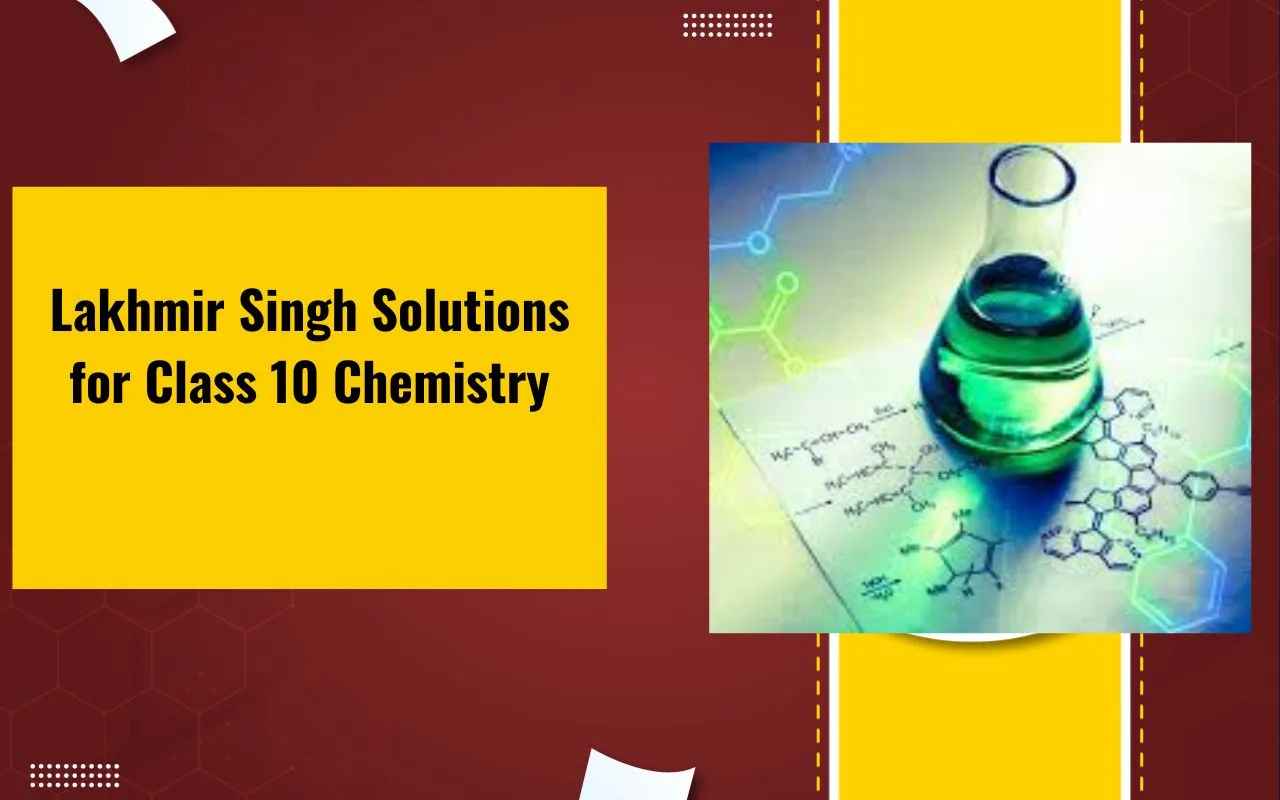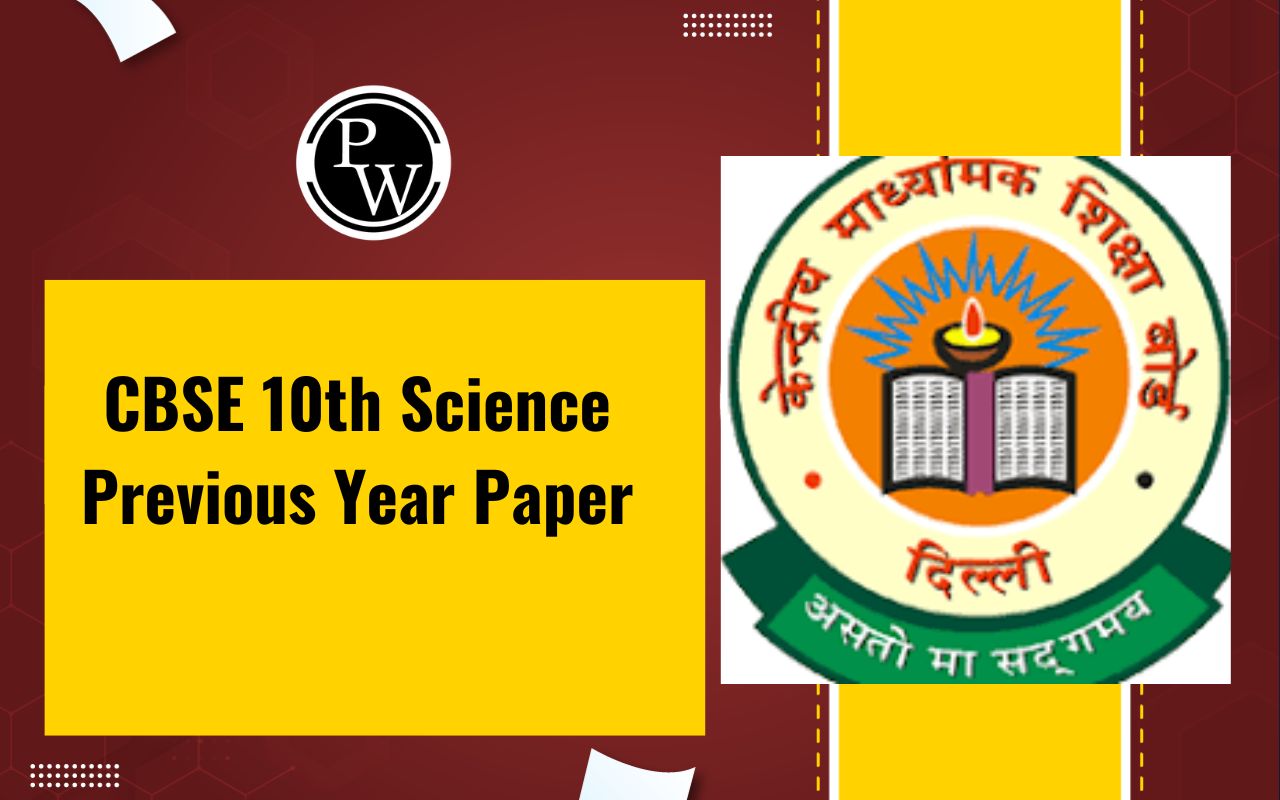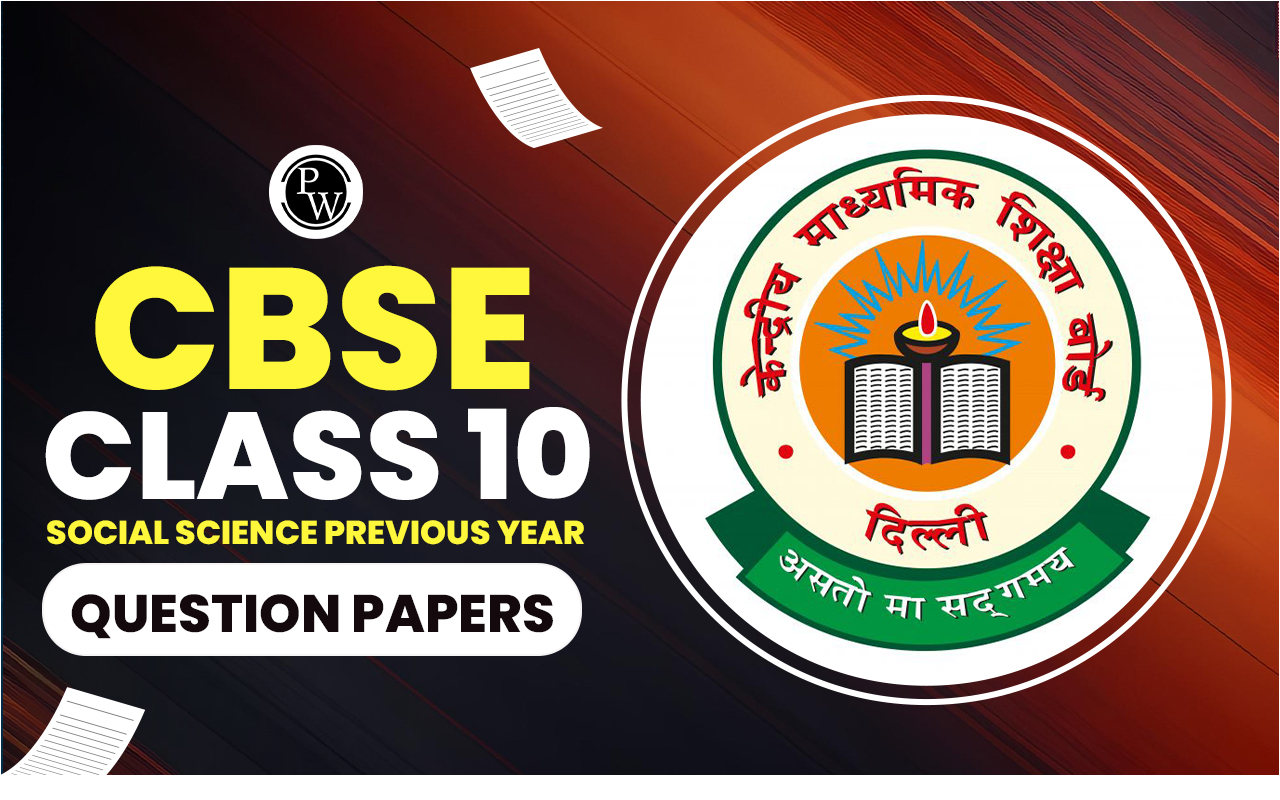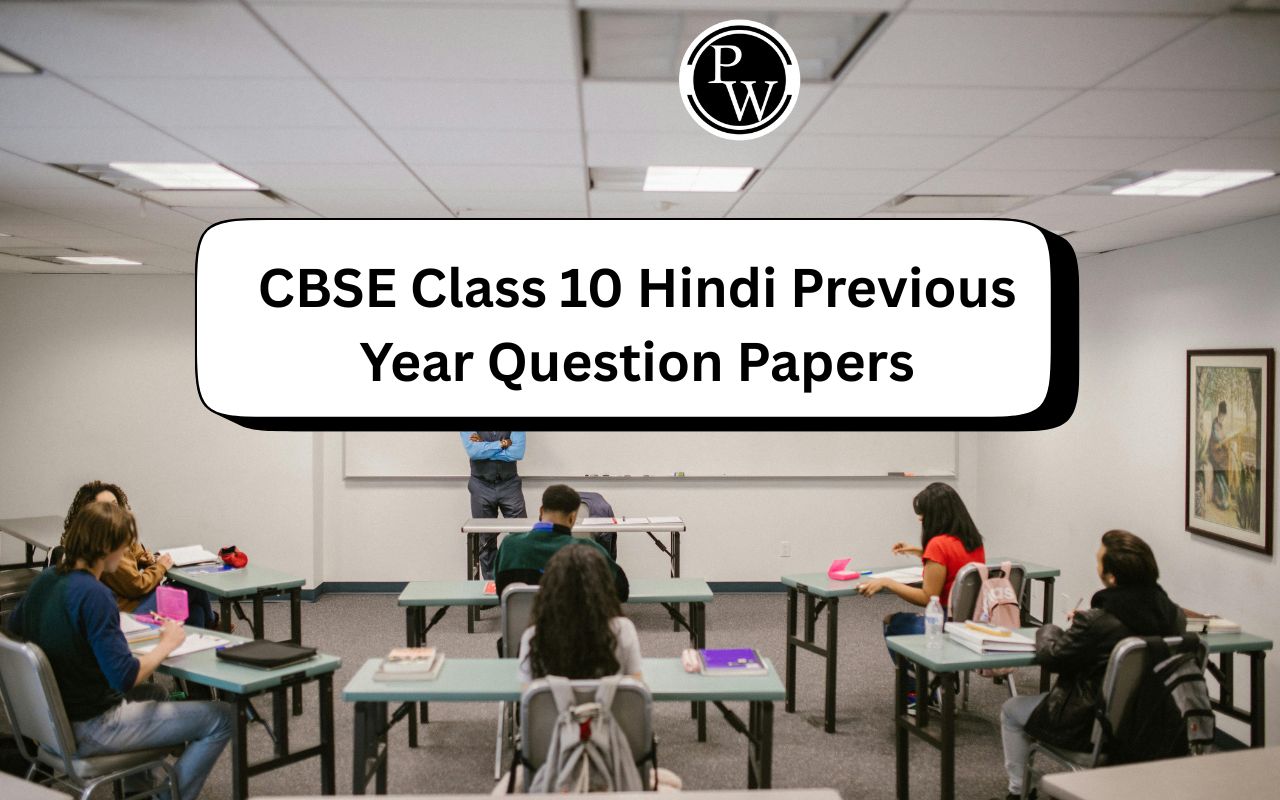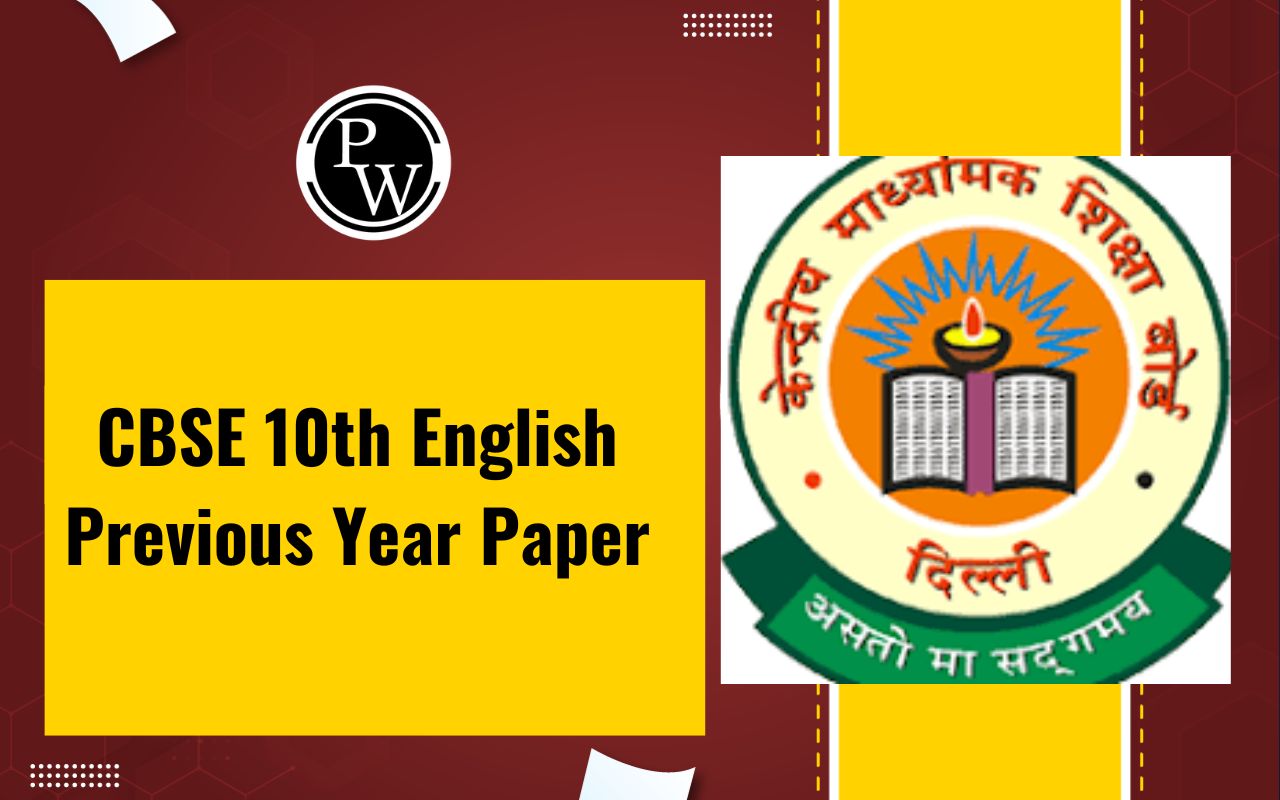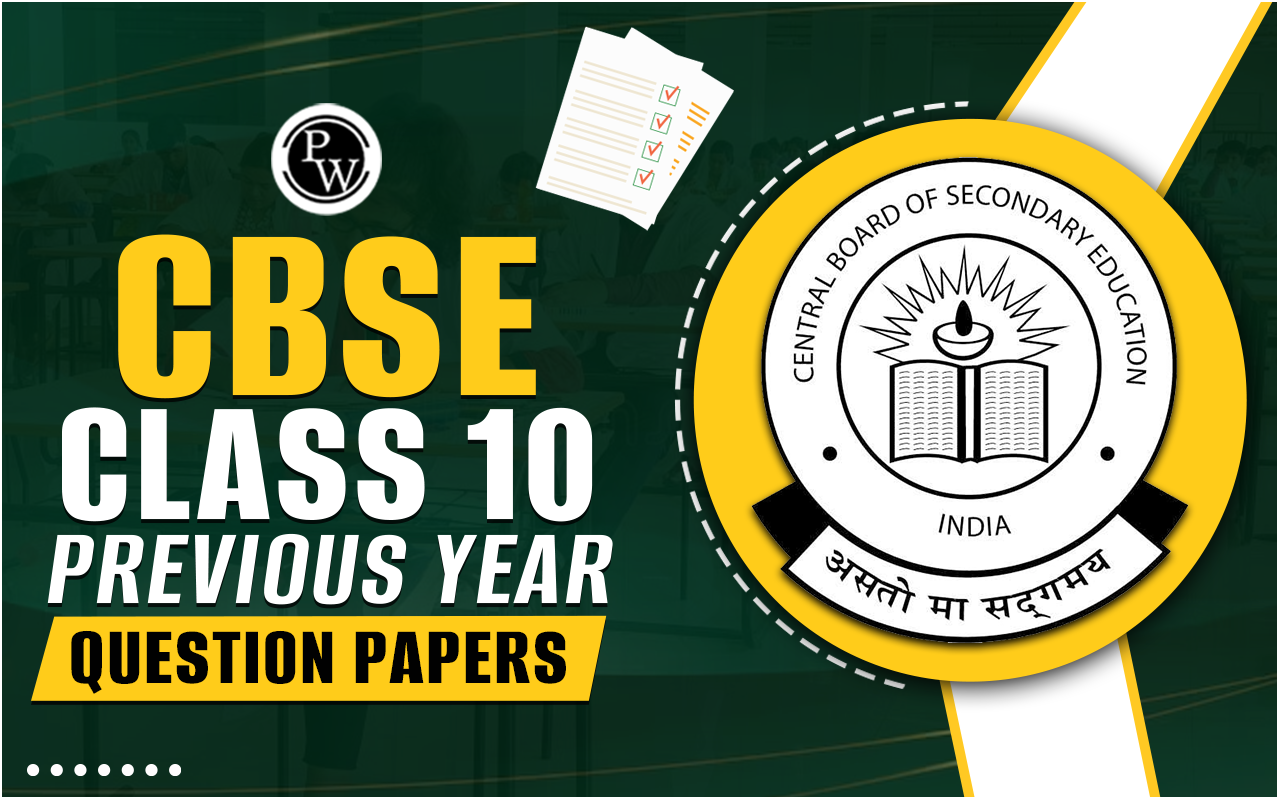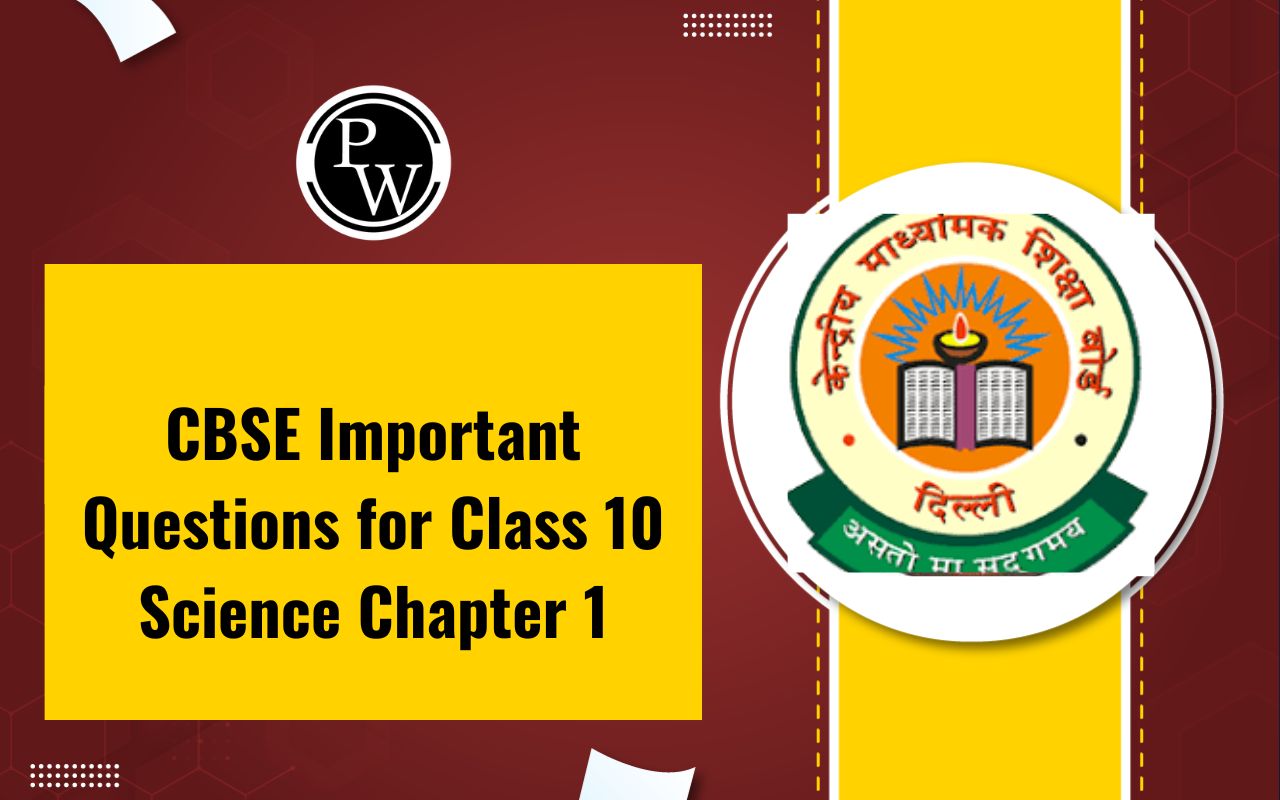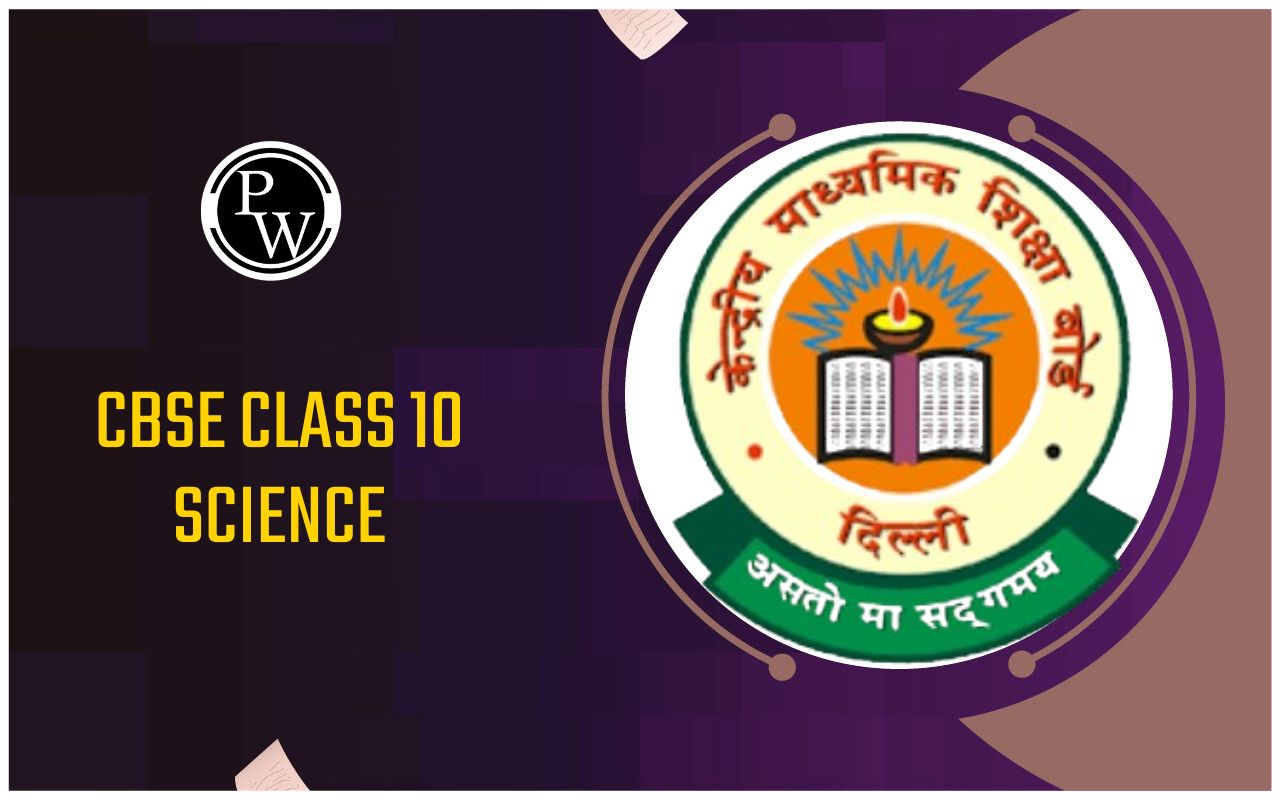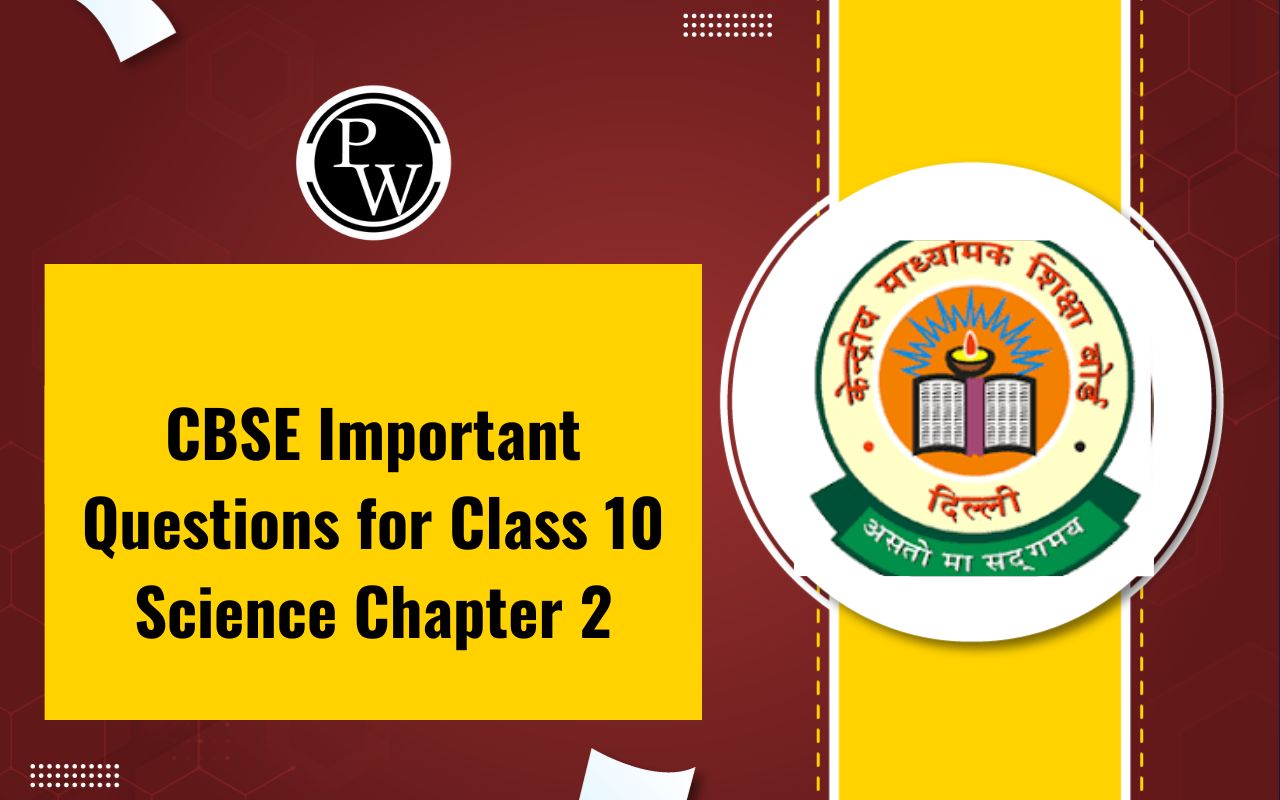
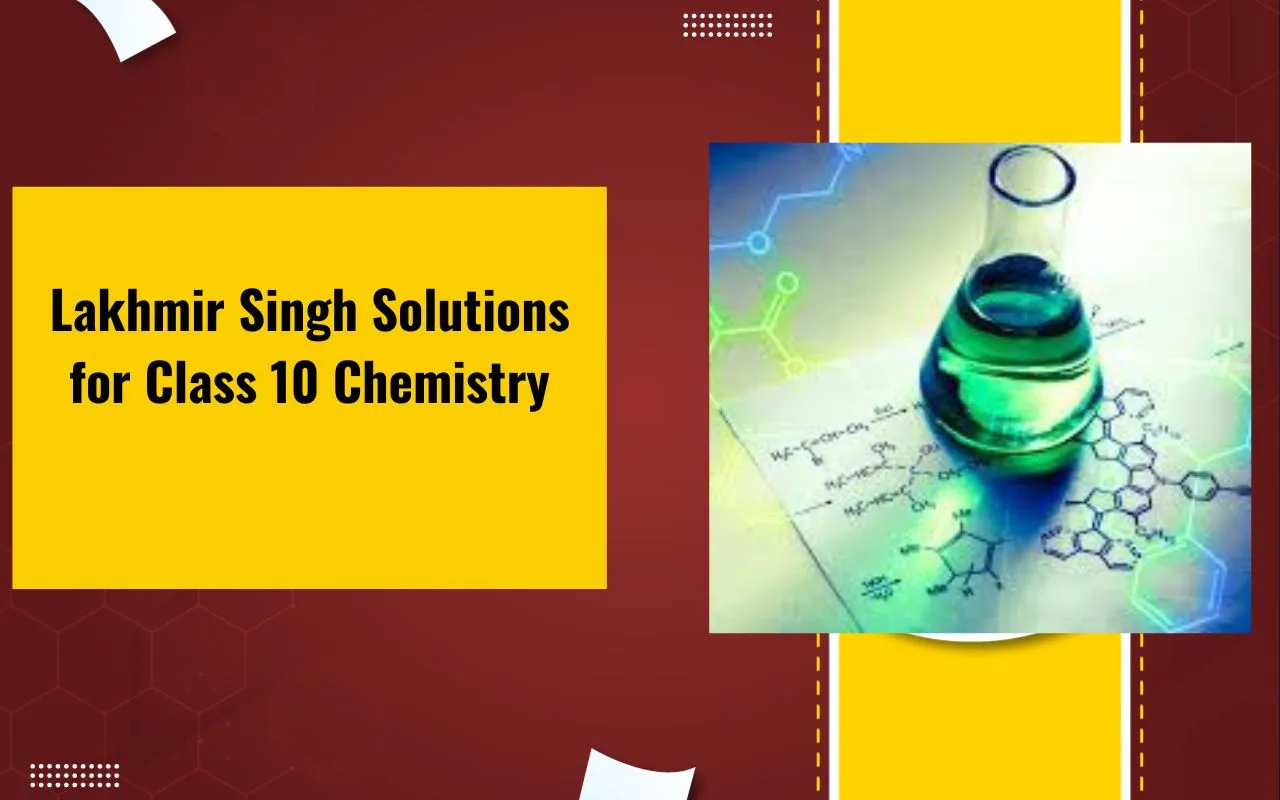
Lakhmir Singh Solutions for Class 10 Chemistry: Lakhmir Singh Solutions for Class 10 Chemistry follow the CBSE syllabus for Class 10, helping students build a strong conceptual understanding of the subject. These solutions cover all topics in a step-by-step manner, ensuring clarity in complex concepts. As per the CBSE exam pattern, the Chemistry section includes theory-based and numerical questions, making it essential for students to practice thoroughly. These solutions provide detailed explanations, and solved examples making them a valuable resource for exam preparation. By referring to Lakhmir Singh Solutions, students can grasp key concepts, improve problem-solving skills, and perform well in their board exams.
Lakhmir Singh Solutions for Class 10 Chemistry Chapter Wise Overview
Lakhmir Singh Solutions for Class 10 Chemistry provide a detailed explanation of concepts, equations, and numerical problems in a simple and structured manner. Below is a chapter-wise overview:
Chapter 1: Chemical Reactions and Equations
This chapter introduces students to chemical reactions and how they are represented using chemical equations. It covers different types of reactions, including combination, decomposition, displacement, and redox reactions. Students also learn about the balancing of chemical equations and the significance of the Law of Conservation of Mass in chemical changes.
Chapter 2: Acids, Bases, and Salts
This chapter explains the properties, uses, and reactions of acids, bases, and salts. Topics such as the pH scale, indicators, neutralization reactions, and the preparation of salts are covered in detail. The chapter also highlights the importance of acids and bases in daily life, including their industrial and household applications.
Chapter 3: Metals and Non-metals
Students explore the physical and chemical properties of metals and non-metals, their position in the periodic table, and their reactivity. Important concepts like the reactivity series, corrosion, and methods of metal extraction (metallurgy) are discussed in depth. The chapter also explains the uses of various metals and alloys.
Chapter 4: Carbon and Its Compounds
This chapter focuses on the versatile nature of carbon and its ability to form a wide range of compounds. Key topics include covalent bonding, homologous series, functional groups, and important organic reactions like combustion, oxidation, substitution, and addition. The chapter also introduces students to important compounds such as ethanol and ethanoic acid.
Students learn about the historical development of the periodic table, including early classification attempts, Mendeleev’s Periodic Table, and the Modern Periodic Table. The chapter explains periodic trends in properties like atomic size, valency, electronegativity, and ionization energy, helping students understand the logical arrangement of elements.
Lakhmir Singh Solutions for Class 10 Chemistry Chapter Wise PDF
Lakhmir Singh Solutions for Class 10 Chemistry provide a detailed and step-by-step explanation of all textbook questions, helping students understand concepts easily. These solutions are available in a chapter-wise PDF format, making revision and learning more convenient.
|
Chapters Name |
Benefits of Solving Lakhmir Singh Solutions for Class 10 Chemistry
Concept Clarity – The solutions explain concepts in a simple and detailed manner, helping students build a strong foundation in chemistry.
Follows CBSE Exam Pattern – Helps students prepare according to the latest CBSE 10 exam pattern with a mix of theory-based and numerical questions.
Step-by-Step Solutions – Answers are presented in a structured way, making it easier for students to understand and apply problem-solving techniques.
Board Exam Preparation – The solutions follow the latest CBSE syllabus and exam pattern, ensuring students are well-prepared for their board exams.
Chapter-Wise Coverage – Each chapter is covered comprehensively, allowing students to study systematically and revise efficiently.
Practice for Numerical Problems – The solutions provide clear explanations for chemical equations and numerical problems, improving problem-solving skills.
Boosts Confidence – Regular practice with these solutions helps students gain confidence in handling different types of questions.
Easy Language & Presentation – The content is written in simple language, making it accessible to all students.
Lakhmir Singh Solutions for Class 10 Chemistry FAQs
What are Lakhmir Singh Solutions for Class 10 Chemistry?
Do these solutions include numerical problems and equations?
Are Lakhmir Singh Solutions useful for board exam preparation?
Do these solutions cover all chapters of Class 10 Chemistry?

